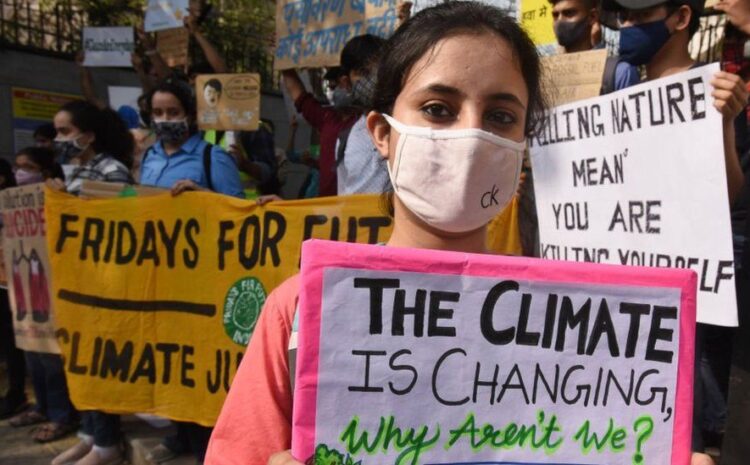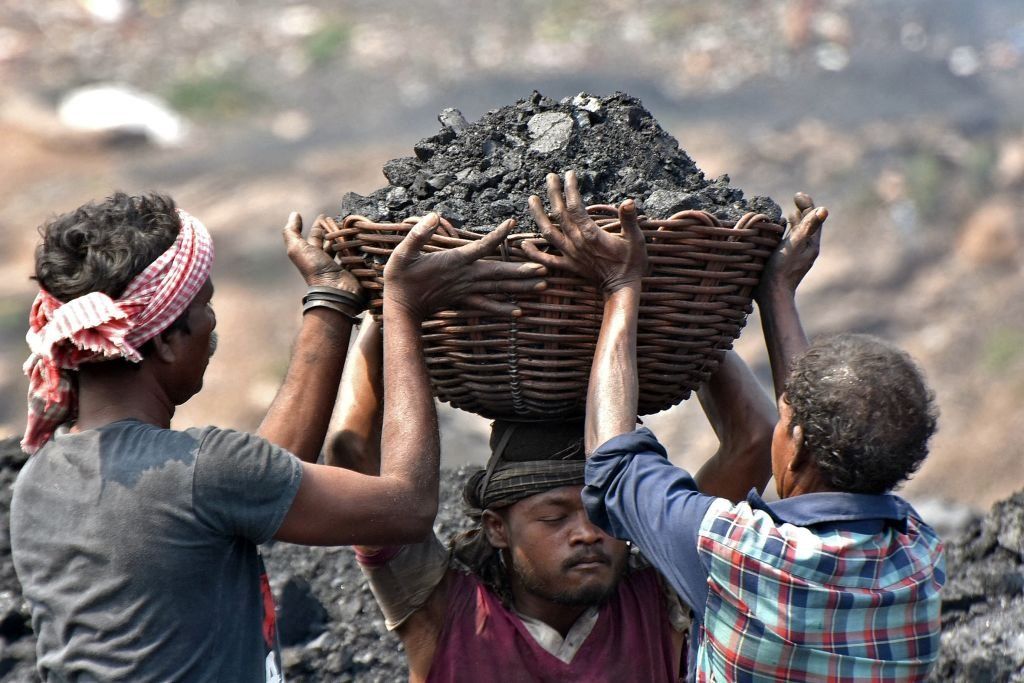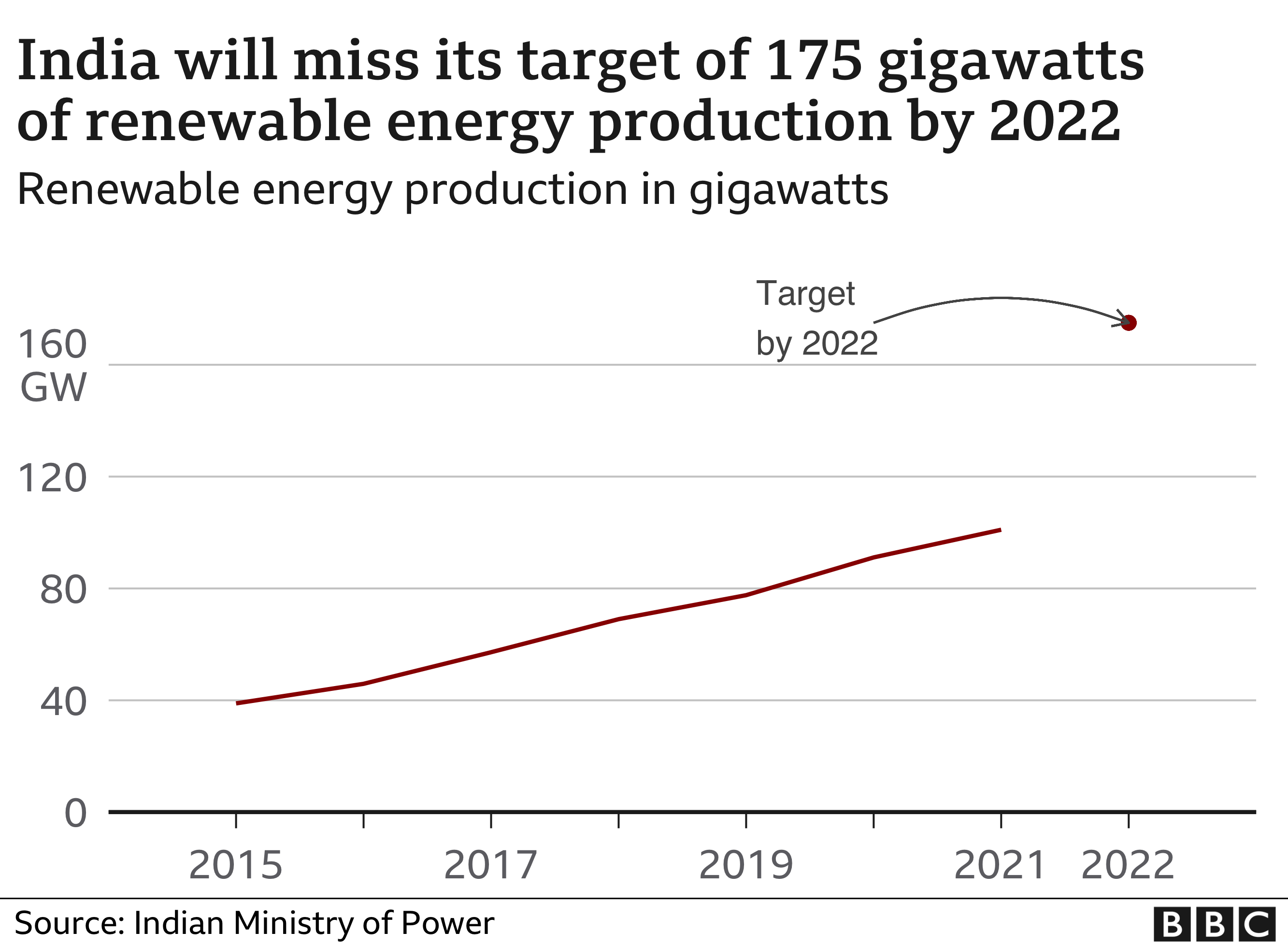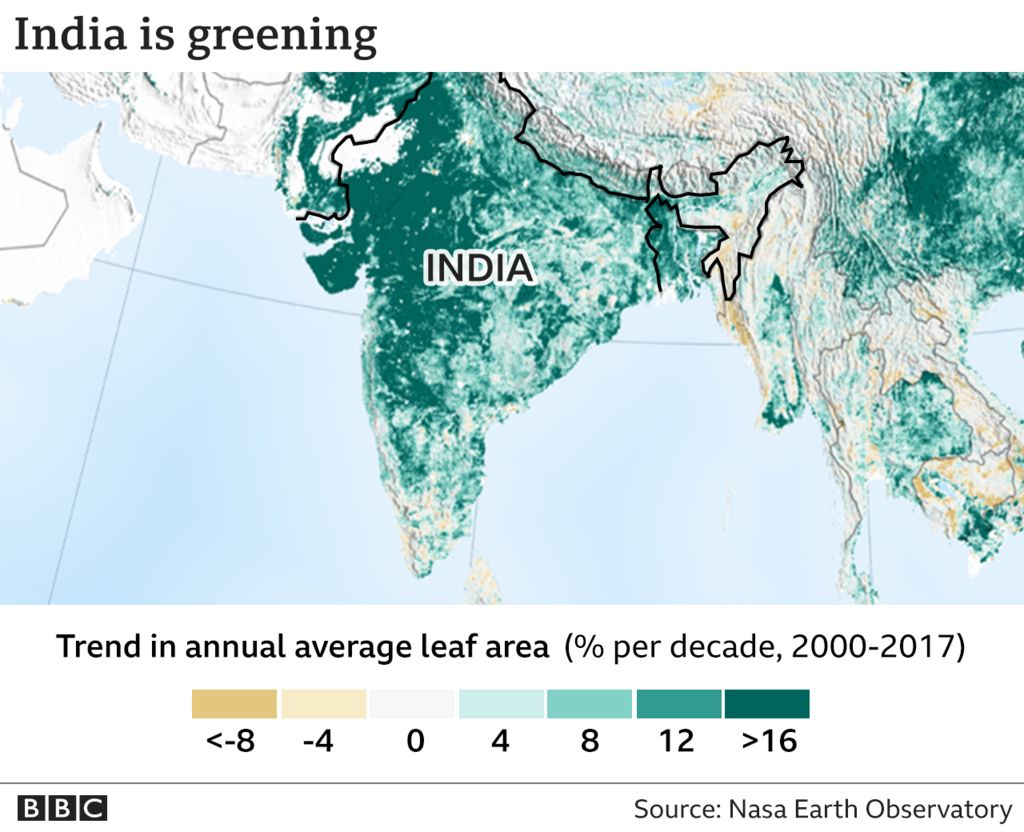
IMAGE SOURCE, GETTY IMAGES
By Shruti Menon
BBC Reality Check
India is the world’s third largest emitter of carbon dioxide (CO2), after China and the United States.
With its rapidly growing population and an economy heavily dependent on coal and oil, its emissions are set on a steep upward trajectory unless radical action is taken to curb them.
What emission cuts has India promised so far?
India has resisted setting a target for an overall reduction, saying industrialised nations should bear a much greater share of the burden as they have contributed far more to emissions over time.
It says an “emissions-intensity” target, which reflects a country’s economic growth, is a fairer way to compare it with other countries, it says.
By 2030 India will reduce the carbon intensity of its economy by 45%, says Mr Modi – a more ambitious target than the previous goal of a of a 33-35% cut in its emissions intensity from the 2005 level by 2030..
And India’s relatively rapid economic growth in recent years has been driven by its reliance on fossil fuels – accounting for most of the country’s greenhouse-gas emissions.

The Inter-governmental Panel on Climate Change (IPCC) says a target of global net zero – where a country is not adding to the overall amount of greenhouse gases in the atmosphere – by 2050 is the minimum needed to keep the temperature rise to 1.5C.
And more than 130 countries have publicly promised to meet this.
 IMAGE SOURCE, GETTY IMAGES
IMAGE SOURCE, GETTY IMAGESIndia’s prime minister has pledged that it will increase its non-fossil fuel energy capacity to 500 gigawatts (GW) by 2030.
This is an ambitious target given that it currently has a capacity of around 100GW and had previously set itself a target of 175GW by next year.

Also in 2015, India promised to provide 40% of all electric power from non-fossil fuel sources by 2030. Mr Modi has now increased this figure to a significantly more ambitious 50%.
According to the International Energy Agency (IEA), in 2019 this figure stood at 23%.
Cindy Baxter, of CAT, says developing countries such as India, need international support to decarbonise their economies and limit the temperature increase to 1.5C in line with the Paris Agreement.
“India has no plan to decarbonise,” Ms Baxter said.
“Nor does it have a conditional target that identifies where it needs support or indeed how much support it needs.”
Are India’s forests expanding?
India has highlighted many times it wants to bring a third of its land area under forest cover.
Although there have been replanting initiatives in the southern parts of India, the north-eastern region has lost forest cover recently.
The expansion of green cover acts a carbon sink.
And India plans to plant enough trees by 2030 to absorb an additional 2.5-3 billion tonnes of CO2 from the atmosphere.

Global Forest Watch – a collaboration between the University of Maryland, Google, the United States Geological Survey and National Aeronautics and Space Administration (Nasa) – estimates India lost 18% of its primary forests and 5% of its tree cover between 2001 and 2020.
But the Indian government’s own survey data indicates a 5.2% increase in forest cover between 2001 and 2019.
This is because the GFW report includes only vegetation taller than 5m (16ft), whereas India’s official calculation is based on tree density over a given area of land.
Additional research by David Brown

The Cop26 global summit, in Glasgow, in November, is seen as crucial if climate change is to be brought under control. Almost 200 countries are being asked for their plans to cut emissions – and it could lead to major changes to everyday lives.
